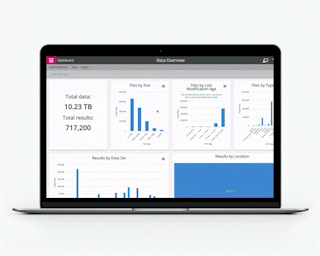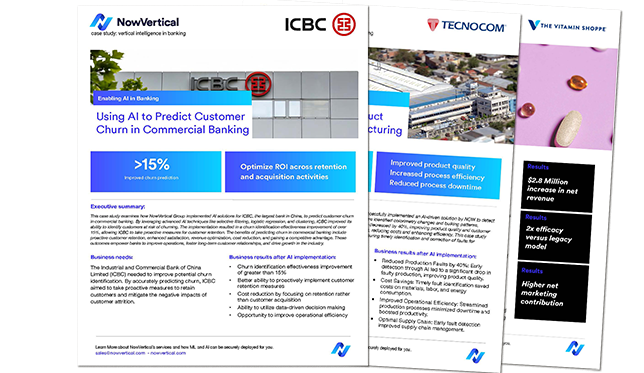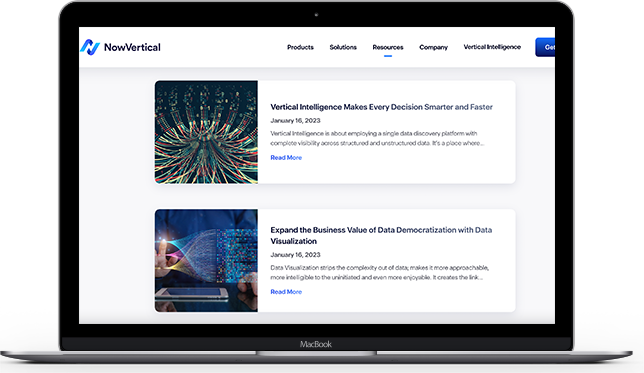October 6, 2022
Predictive analytics is an important part of business intelligence (BI). It helps companies understand how customers behave in order to improve customer service, predict future trends, and identify opportunities for growth.
Data Types
There are three main types of data used in predictive analytics: structured, unstructured, and semi-structured.
- Structured data includes data stored in databases, spreadsheets, and other formats.
- Unstructured data includes text documents, images, audio files, and video clips.
- Semi-structured data includes data stored as XML, JSON, CSV, and other formats.
The data types used in predictive analytics include categorical variables, numeric variables, and date/time variables.
- Categorical variables have only two possible values, such as gender, age, or occupation.
- Numeric variables are variables that contain numbers, such as income or weight.
- Date/time variables are variables that represent dates and times, such as birthdays or holidays.
Conversely, the data types used in predictive models include numeric, categorical, and continuous variables.
- Numeric variables are numbers, such as age, income, and weight.
- Categorical variables are attributes that fall into categories, such as gender, race, and marital status.
- Continuous variables are attributes that vary continuously, such as height, weight, and blood pressure.
Data Sources
In order to use these data sources effectively, marketers must understand how each type of data works. For example, when using structured data, marketers should consider what kind of data is being collected (e.g., customer demographics), where the data is stored (e.g., database tables), and how often the data is updated (e.g., monthly).
The data sources used in predictive analytics include structured data such as sales transactions, unstructured data such as social media posts, and real-time data from sensors.
Data Preparation
Once you’ve gathered the correct data, you need to prepare it before you can start analyzing it. This includes cleaning up any errors in the data, removing duplicates, and standardizing values so they’re comparable across datasets.
The first step in creating a predictive model is data preparation. In other words, you must cleanse, standardize, and transform the raw data into something useful. Once you have cleaned and standardized the data, you can use statistical techniques to create models that help you predict what might happen next.
A model is a mathematical equation used to describe relationships between variables.
For example, if you wanted to know what percentage of people who buy a certain product also purchase other products, you could create a model that predicts whether a person buys one product based on whether he/she bought another product.
Or another example, if you want to know which products are most likely to sell well, you could look at past sales data and see which items sold best last year. You could then compare those results to this year’s sales numbers to determine which products are likely to be successful again.
Once you have cleaned and standardized the data, you can also use statistical techniques to build models that help you answer questions such as:
- What products should we offer?
- How many people will buy our product?
- Which marketing campaigns work best?
As noted, an important aspect of creating a predictive model is data preparation. Once the data has been prepared, the next step is building a model.
Deployment
Regression analysis is used to model relationships between variables. It can also be used to identify patterns within large datasets. This type of analysis is often referred to as “predictive analytics.”
The deployment phase is where data scientists use predictive models to analyze large amounts of data. These models help businesses make decisions based on historical information.
For example, if a company knows that a certain product has been selling well in the past, it can deploy a model to predict whether or not it should increase production.
The deployment process involves collecting data from various sources, such as sales records, surveys, social media posts, and other online interactions. Once the data has been collected, it must be analyzed using predictive models. These models help businesses determine what actions should be taken based on the information gathered. For instance, if a company knows that a certain product is selling well, then it might decide to increase production.
If you feel that predictive models and analytics can help your organization go from aspirational to operational, book a call with us below and we can help.









